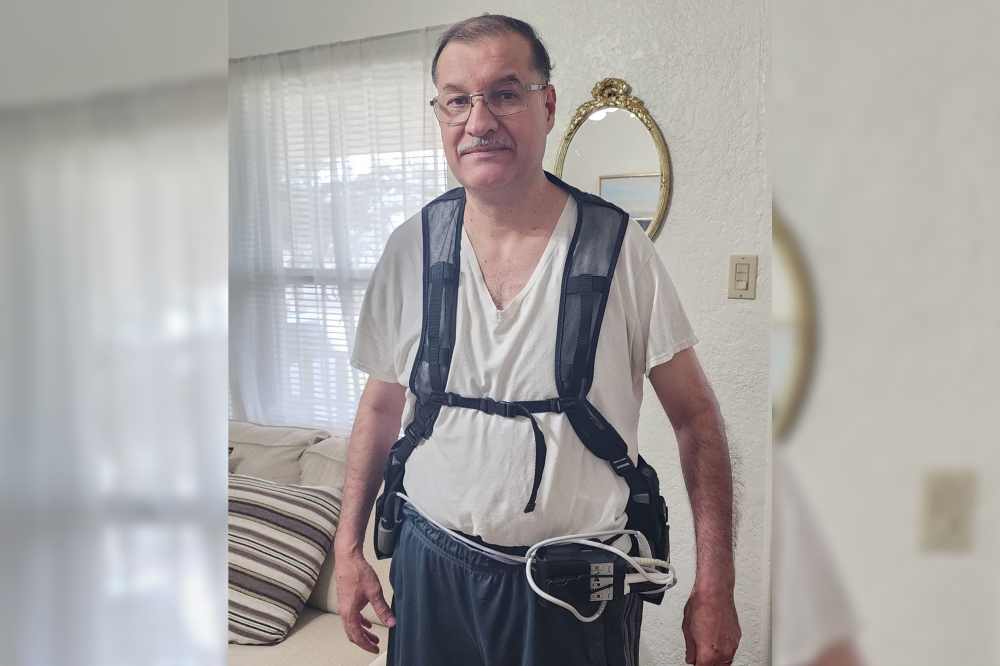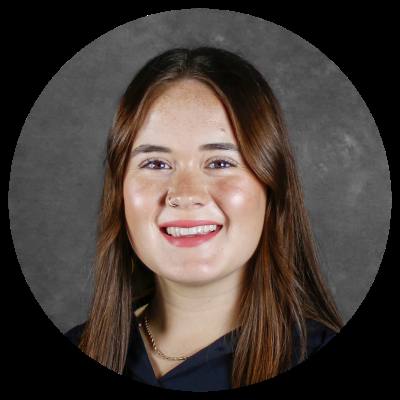Roberto Lozano, a 55-year-old El Paso resident, underwent surgery to receive a left ventricular assist device, or LVAD, through the hospital’s Advanced Heart Failure program earlier this year. Months after his surgery, health care providers at Heart Hospital of Austin are continuing to monitor Lozano’s progress from hundreds of miles away.
Millions of U.S. adults are expected to develop cardiovascular disease in the coming decades, according to a recent study from the American Heart Association.
Current situation
From 2020 to 2050, the number of U.S. adults with cardiovascular disease is expected to rise from 11.3% to 15%, affecting 45 million people, according to the American Heart Association. By 2050, more than 61% of U.S. adults are expected to have hypertension, or high blood pressure, which is a major risk factor for developing cardiovascular disease.
Dr. Jerome Thomas, a cardiologist at Heart Hospital of Austin and Austin Heart, said he has seen an increase in patients developing cardiovascular disease in recent years.
“We're seeing more and more patients presenting with heart failure, more patients with coronary disease, and because now we have more and more therapies that are keeping patients alive, we're starting to see a rapid rise in the diagnosis or referrals that are coming in for advanced heart failure,” Thomas said.
A closer look
In November, Lozano visited the emergency room in El Paso after he began developing a cough and experiencing loss of breath as well as fatigue. Despite not previously having any known heart issues, Lozano was diagnosed with pneumonia and a weak heart, which required him to undergo surgery to receive a pacemaker.
Lozano’s condition worsened in the following weeks. As he began to experience advanced heart failure, doctors provided him with two options—to undergo open-heart surgery or receive an LVAD.
The battery-operated device uses a mechanical pump to pump blood from the heart to the rest of the body. Two batteries powering the device are worn outside of the body and connect to the LVAD through a small opening in the skin on a patient’s abdomen.
A LVAD is often recommended once all other options for patients have been explored, Thomas said.
“[I felt] so bad, because why did this happen to me?” Lozano said in an interview with Community Impact.
Put in perspective
Lozano’s wife, Beatrice Lozano, said the couple decided to move forward with an LVAD as a faster and easier treatment option. Patients needing a heart transplant are often placed on long waiting lists, which may not be feasible for ill patients, said Cat Calantonio, an LVAD coordinator at Heart Hospital of Austin.
With no options for this type of cardiac care in the El Paso area, the couple traveled hundreds of miles to Heart Hospital of Austin, where Thomas assisted Lozano in receiving an LVAD in February. In Texas, LVAD centers are located in the major metropolitan areas and can be limited due to the high level of support needed to operate these programs, Calantonio said.
“We're able ... to help in situations such as this, where patients have been told that there's nothing else that can be done,” Thomas said.
Following his procedure, Lozano was transferred to St. David's Rehabilitation Hospital in Austin to receive cardiac rehab and learn about how to adapt to his new device.
Lozano has had to adjust to a new way of life since getting discharged in April, including taking his blood pressure and medicine along with measuring his weight and vitals each day. Patients with an LVAD must learn how to clean and protect the area in which the device exits their body, known as a driveline, through applying a sterile dressing, Calantonio said.

Heart Hospital of Austin staff have continued to care for Lozano upon his return home to El Paso.
Hospital staff met with local firefighters and paramedics to educate them on how to care for Lozano’s LVAD, which must have access to power at all times. The hospital provides this type of training to first responders in the Austin area as well as other areas in the state where patients are located, Thomas said.
Thomas visited El Paso to meet with Lozano’s referring cardiologist. Additionally, Lozano received a CardioMEMS device that allows Heart Hospital of Austin to track the condition of his heart from afar.
“Our level of commitment goes beyond the four walls here,” Thomas said. “We are committed to going above and beyond to make sure that our patients do really well.”
Months later, Lozano has more color, energy and has begun to smile again, Thomas said.
“I feel better, stable,” Lozano said. “My breathing symptoms are better.”
Beatrice Lozano said her husband, who previously struggled to get out of bed, has regained the ability to walk, climb the stairs and participate in activities like cutting the grass. The couple has recently spent time taking care of their grandchildren, she said.
“I can't thank them enough,” Beatrice Lozano said. “For Thomas [and the staff] to take their time to come down over here is nice of them too, because I know it's hard for them. They're always busy and [have] a lot of patients too.”
Keep in mind
A rise in cardiovascular disease among U.S. adults may be largely related to stress, Thomas said. Amid hectic work schedules, people often fail to eat properly and exercise, he said.
Cardiovascular disease can be prevented by scheduling follow-up appointments with primary care physicians, completing routine evaluations and not ignoring any symptoms. Maintaining a healthy weight and finding ways to manage stress are also important, he said.
Symptoms of cardiovascular disease include:
- Shortness of breath
- Chest pain
- High blood pressure
- Elevated blood sugar
- Family history of cardiovascular disease
- Uncontrolled cholesterol, blood pressure or stress
- Obesity
- Diabetes or pre-diabetes
- Smoking or vaping





